Home Theater Components – The Overlooked Gems
Back when I was first starting out in building an audio system I was aware of a saying: Simpler is better. Somewhere in the introduction of component video and HDMI, I got caught up in the excitement behind the high-quality video and new surround formats. The truth is, though, some of the most vivid memories I retain of great audio experiences take place in front of a pair of speakers—just two—listening to high-resolution audio tracks. There is something about a good set of basic home theater components that still resonates with me today.
Isn’t Home Theater Components an Oxymoron?
I used to think so. In fact, I thought you could either have a good two-channel system, or you could have a surround sound setup—but never really get the best of both in a single room or configuration. I no longer hold that view, and I’ve taken great pains to try many different systems to prove myself wrong on that point. Let’s start with speakers (because that’s the easiest place to start). A great pair of speakers is now almost easy to match with a center and surrounds. Sure, there are some insanely great high-end audio manufacturers who won’t be caught dead making a center channel, but the truth is, there are hundreds of options from manufacturers who do. Even manufacturers known for their larger stereo products have plenty of center channel options to match their main speakers so that you can enjoy two-channel audio at will and then fire up the big screen for some theatrical action.
But look at AV receivers. These have come a long way, and if you haven’t yet paid attention to Marantz receivers, I’d like to steer you in that direction. Now there’s a company that has its legacy in two-channel quality, and it brings that with it when it deploys its surround sound products to the masses. In fact, one of the more distinguishing differences between Denon and Marantz (who share the same parent company, Sound United) is the attention to detail that Marantz gives the audio portions of its products. From grounding to channel separation, Marantz wants its multichannel products to be more than just “adequate” at producing a good stereo image when used for two-channel listening. Check out the back of this Marantz receiver:
Notice the gold-plated connectors and the high-quality 5-way binding posts used on this 9.2-channel AV receiver. This isn’t by accident or done for show. Marantz is paying particular attention to those details that would hamper or negatively affect the musical ability, channel separation, and performance of the receiver when used for two-channel playback.
Source Components for Home Theater
It used to be that SACD and DVD-Audio were the only game in town for high-resolution audio recordings. Now, however, we’re seeing Blu-ray and Ultra HD Blu-ray provide some stunning lossless tracks in both two-channel and surround (see AIX Records, for example), and the Internet is streaming up high-resolution audio. So now, instead of relying on dedicated two-channel systems for great-quality audio playback, a well-designed home theater can serve the same quality while being able to also handle a multi-channel surround experience when the time is right. The trick is making sure you have the right home theater components and connections.
If you use a media player or streaming music system, be sure you’re dealing with something that has lossless audio transmission, preferably with a high quality DAC and analogue audio outputs. If you can only access TOSLink or coax digital S/PDIF it’s not a deal-killer, but you’ll be limited to the maximum capacity (96 kHz at 24bits for two channels). To compare, HDMI supports up to 8 channels of uncompressed audio at sample sizes of 24-bit and sample rates up to 192 kHz.
Things to Look For
There is an endlessly changing list of “must-haves” depending on who you talk to, but I organized my own list of considerations you may want to consider when assembling a system full of components that will be used for two-channel listening as well as for home theater. Here’s my top list of things to note and include:
- Stereo (minimum) analogue XLR outputs
- Good quality, gold-plated connectors
- High-quality DACs
- Toroidal transformer power supply (this, in and of itself doesn’t signify anything, but statistically speaking, power supplies using toroidal coils are typically higher quality systems)
- High SNR (signal to noise ratio)
- Ability to drive low impedance loads (4-ohm speakers)
- Weight! If it’s heavy (and that weight is not solely due to the chassis) it more than likely has quality components
The Integrated Amplifier Option
One option I like very much is the integrated amplifier choice. With this, I can utilize an integrated amplifier to handle most of my stereo source components, but also run an AV receiver to handle surround sound. How does this work? well, it involves the use of a speaker selector to switch the output to the main front speakers from either the integrated amplifier or the AV receiver. Then, you utilize the rest of the amplifiers in the AV receiver to power your remaining home theater speakers. Think it’s too complicated? All you need is a good universal remote control system to keep it all nice and tidy. When listening to stereo music, your integrated amp does the heavy lifting, without the encumbrance of DSP and fancy processing. When you want to watch a movie, your surround receiver can handle the entire system. For better control, ensure that your speaker selector can utilize IR commands for switching so you can add it to your remote control macro commands.
Hopefully, these are some ideas on how to utilize better quality home theater components in a way that’s not an oxymoron or otherwise unattainable. When it all comes down to it, the goal is to use quality components so that you can reproduce your audio (be it music or movies) the way the mix engineer intended. Happy listening!

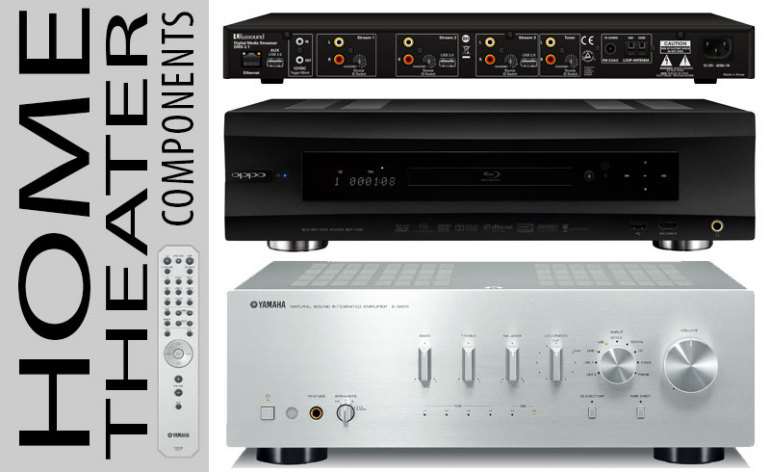
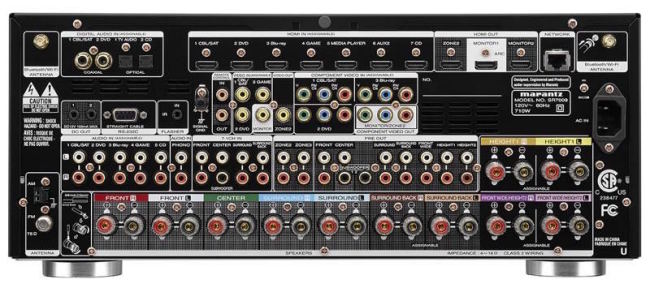
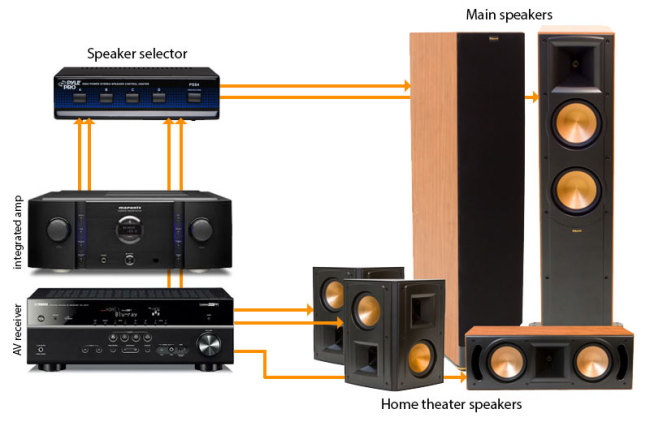
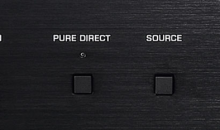

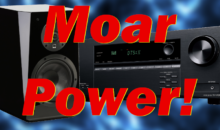


Learned something new today. Thanks!